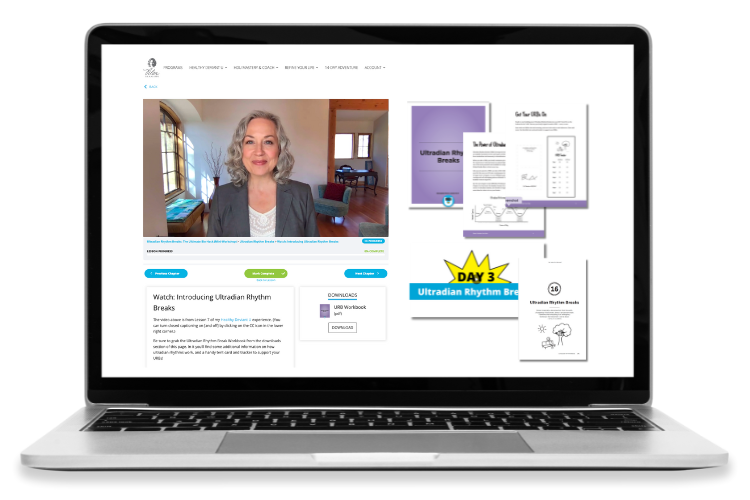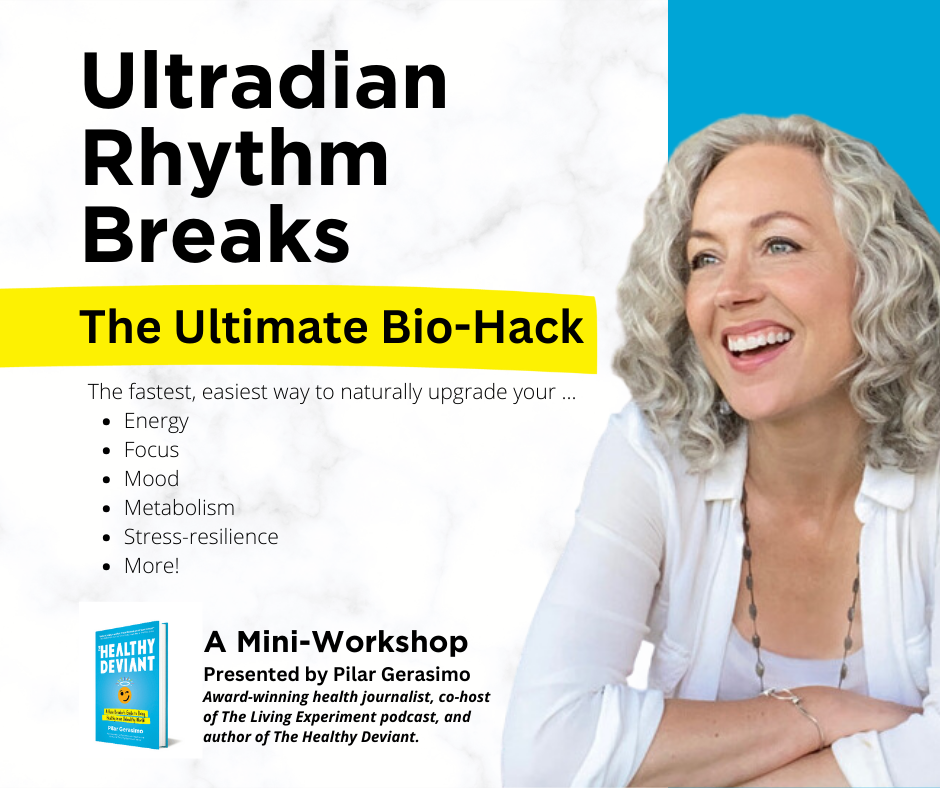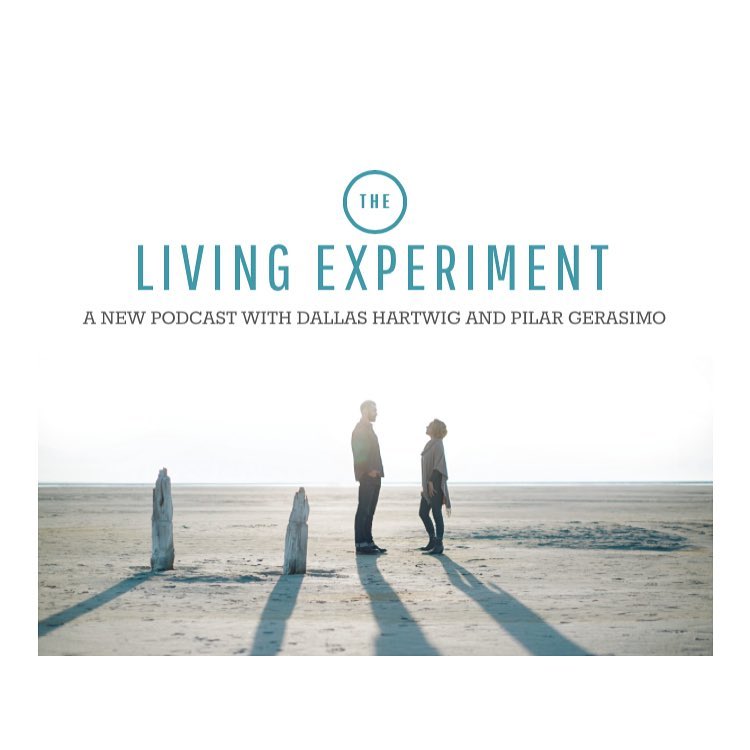It seems like everyone is pretty wild about plant-based diets these days. I’m a bit more reserved in my enthusiasm.
Why? Because when I hear “plant-based diet,” I can’t help but picture what a lot of plant-based dieters primarily consume — namely, industrially processed bread, pasta, breakfast cereal, crackers, refined vegetable oils, fake “veggie” meats, fake “veggie” cheeses, “veggie” chips, refined sugars, and all manner of not-terribly-good-for-you, ostensibly plant-derived ingredients.
You know the stuff I’m talking about: All those “technically-made-from-some-part-of-a-plant-but-I-can’t-really-say-which-or-how” ingredients, like hydrolyzed soy protein, modified starch, enriched flour, fractionated palm oil, and high-fructose corn syrup.
Occasionally eating and enjoying those things isn’t necessarily going to kill you, but it’s not the kind of “plant-based” eating that’s most likely to transform and sustain your health for the better, either.
So what is a good basis for a plant-based diet? Glad you asked, because the answer is simple: plants.
Plants with leaves, stems, and vines, and also the lovely orbs, pods, nubs, blooms, and seeds that grow from them. Eaten just like that. Or, OK, maybe rinsed off and sliced up and cooked a bit if you like.
I’m talking about plants that still reflect some semblance of their original color, shape, or texture. Plants that are recognizable as plants or plant bits. Plants that haven’t had all the beautiful life and rich nutritional properties processed right out of them.
As I shared in my last column (“Revolutionary Act 23: Eat Fresh”), there’s huge value in food that has its structural integrity and biochemical oomph still intact, and there are real liabilities in consuming an excess of foods from which that integrity and oomph have been largely extracted. Unfortunately, the most convenient, popular, and highly promoted “plant-based” options in our food -supply fall into the second category.
Many of these food products are rendered palatable and attractive by virtue of their considerable processing and packaging, and they are craftily designed to make us want to eat more of them. Always more. Until we’ve eaten so much we feel sick, tired, logy, bloated, dull, clogged up, remorseful, or simply mystified about why we just ate everything we did — and why still, a few moments later, we might be inclined to eat just a little bit more.
Happily, there’s a cure for this syndrome. But it involves some mental recategorization and physical adjustment. It also involves a reprior-itization of the foods you eat on a daily basis, and some savvy about how to circumvent the ubiquity of so-called plant-based foods that may do your body more harm than good.
Here are the three best strategies I know for managing that:
Start seeing (and seeking) phytonutrients. “Phyto” means plant, and it originates from the Greek word phyton, which translates literally as “that which has grown.” A nutrient is basically any substance that helps an organism survive, grow, and flourish. But what you really need to know about phytonutrients (which many people don’t) is that they aren’t just raw macronutrient fuel or basic vitamin-and-mineral matter.
On the contrary, they carry powerful and complex biochemical information. They transmit important signals and ingenious operating instructions that your body responds to and begins acting on almost immediately.
Phytonutrients are a big part of what gives brightly hued produce its beautiful colors (purple in blueberries, green in kale, and so on), and each of those different colors tends to signal different health-promoting properties.
Almost all brightly colored vegetables (and a few white ones, like cauliflower) tend to reduce inflammatory, oxidative, and premature-aging responses. They discourage cancer-triggering and cancer-growing responses. They encourage healing, detoxification, and repair responses. And thus, they tend to make you look and feel a whole lot better.
For all their artistry and intelligence, phytonutrients are also delicate little things, and they perish easily. They abound in most fresh plant foods (and also in herbs, spices, seeds, legumes, and whole-kernel grains), but confronted with the ugliness of most modern food-processing methods (think heat, pressure, pulverization, chemical intervention, and extended shelf storage), they quickly keel over and die.
The other thing to know about phytonutrients is that they can impart an incredible array of complex, nuanced flavors and aromas — from intense bitterness, twang, spice, and sulfur to delicate floral and herbal notes.
So if you are interested in flavor complexities, and you know how to bring out the best in veggies (meaning you don’t always resort to super-blah steaming), you’re probably going to enjoy them much more.
If your palate is more accustomed to breakfast cereal and hamburger buns, or you have no culinary skill whatsoever, you may need a gradual ramp-up strategy to move from iceberg lettuce to spinach to arugula to dandelion greens. Start experimenting. Allow your palate to evolve.
Reverse your ratios. Most of us have been socially programmed to see as “normal” a plate dominated by starchy carbs and animal proteins, and lightly dotted with a little actual-plant produce. In most conventional restaurants, vegetables are still presented as “sides” and “accompaniments,” or mere garnishes.
The problem is, our bodies prefer to have the ratios reversed — a whole lotta nonstarchy plant food with a satisfying side of other stuff. But translating that happy-body ratio to our everyday plates can be challenging.
My preferred approach: Start by assembling a full or near-full base layer of colorful, nonstarchy vegetables, then place moderate-size servings of animal or plant proteins (and whatever starchy bits and condiments you’re excited about) on top of that.
Use your fork and knife to assemble bites that contain delightful little combinations of those items, and pay attention to how much more quickly your hunger gets satisfied when you are eating this way.
More restaurants are now offering these sorts of veggie-centric “bowls” and salad-based entrées as options to their standard fare, and you can always ask to have one prepared from available ingredients listed in other dishes.
Spark your plant appetite. A lot of people say they don’t crave vegetables as much as they wish they did. The trouble is, the fewer of them we eat, the fewer of them we tend to crave.
Flirting with aromas often helps stimulate my fresh-food appetite (cut open a cucumber, or bruise a basil leaf and take a whiff). So does starting the day with a veggie smoothie, or perusing veggie-centric cookbooks and learning to prepare even dull basics in appetizing ways (I find sautéed-to-golden zucchini slices vastly more appealing than pale, raw spears).
Ethnic restaurants are great places to explore a wider and yummier variety of vegetables, in part because most non-U.S. cultures have a long history of making them a more central and creative part of their menus.
But for me, the best healthy-appetite sparker of all has been embracing my responsibility to my healthy body, and realizing that I can learn to love (or at least actively appreciate) anything and everything it needs to thrive.











